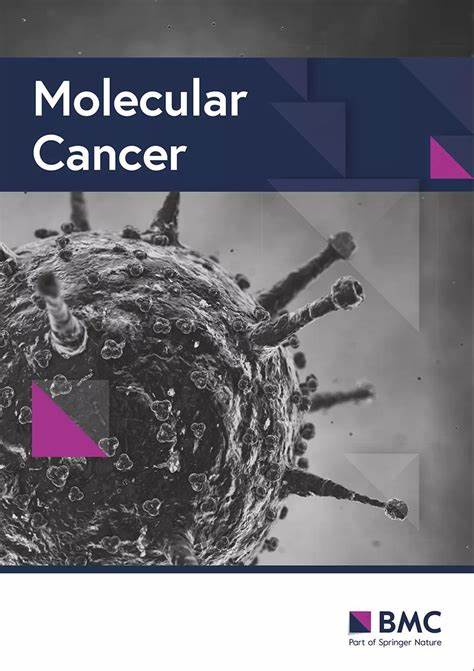Cancer stem cells and niches: challenges in immunotherapy resistance
IF 27.7
1区 医学
Q1 BIOCHEMISTRY & MOLECULAR BIOLOGY
引用次数: 0
Abstract
Cancer stem cells (CSCs) are central to tumor progression, metastasis, immune evasion, and therapeutic resistance. Characterized by remarkable self-renewal and adaptability, CSCs can transition dynamically between stem-like and differentiated states in response to external stimuli, a process termed “CSC plasticity.” This adaptability underpins their resilience to therapies, including immune checkpoint inhibitors and adoptive cell therapies (ACT). Beyond intrinsic properties, CSCs reside in a specialized microenvironment—the CSC niche—which provides immune-privileged protection, sustains their stemness, and fosters immune suppression. This review highlights the critical role of CSCs and their niche in driving immunotherapy resistance, emphasizing the need for integrative approaches to overcome these challenges.癌症干细胞和小生境:免疫治疗耐药性的挑战
肿瘤干细胞(CSCs)是肿瘤进展、转移、免疫逃避和治疗抵抗的核心。CSC具有显著的自我更新和适应性,可以在响应外部刺激时在茎样状态和分化状态之间动态转换,这一过程被称为“CSC可塑性”。这种适应性巩固了它们对治疗的抵抗力,包括免疫检查点抑制剂和过继细胞疗法(ACT)。除了固有特性外,CSC还存在于一个特殊的微环境中——CSC生态位——这提供了免疫特权保护,维持了它们的干性,并促进了免疫抑制。这篇综述强调了CSCs及其生态位在驱动免疫治疗耐药中的关键作用,强调需要采用综合方法来克服这些挑战。
本文章由计算机程序翻译,如有差异,请以英文原文为准。
求助全文
约1分钟内获得全文
求助全文
来源期刊

Molecular Cancer
医学-生化与分子生物学
CiteScore
54.90
自引率
2.70%
发文量
224
审稿时长
2 months
期刊介绍:
Molecular Cancer is a platform that encourages the exchange of ideas and discoveries in the field of cancer research, particularly focusing on the molecular aspects. Our goal is to facilitate discussions and provide insights into various areas of cancer and related biomedical science. We welcome articles from basic, translational, and clinical research that contribute to the advancement of understanding, prevention, diagnosis, and treatment of cancer.
The scope of topics covered in Molecular Cancer is diverse and inclusive. These include, but are not limited to, cell and tumor biology, angiogenesis, utilizing animal models, understanding metastasis, exploring cancer antigens and the immune response, investigating cellular signaling and molecular biology, examining epidemiology, genetic and molecular profiling of cancer, identifying molecular targets, studying cancer stem cells, exploring DNA damage and repair mechanisms, analyzing cell cycle regulation, investigating apoptosis, exploring molecular virology, and evaluating vaccine and antibody-based cancer therapies.
Molecular Cancer serves as an important platform for sharing exciting discoveries in cancer-related research. It offers an unparalleled opportunity to communicate information to both specialists and the general public. The online presence of Molecular Cancer enables immediate publication of accepted articles and facilitates the presentation of large datasets and supplementary information. This ensures that new research is efficiently and rapidly disseminated to the scientific community.
 求助内容:
求助内容: 应助结果提醒方式:
应助结果提醒方式:


